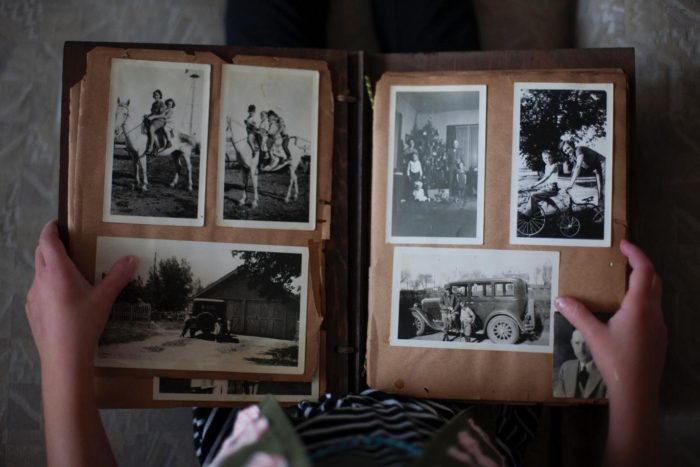2020
am
Photo Restoration: What is It and How It Works Written by: Brandon Harris, Smooth Photo Scanning Services

If you have a collection of old photographs, you’ve probably noticed that they aren’t looking as sharp as they did a couple of decades ago. The truth is, old photographs are quite susceptible to degradation and are prone to fade over time. Water, fire, ripping, tears, stains, and more also further damage printed photographs. Luckily, with the help of photo restoration services, these effects can be reduced or reversed altogether.
What is Photo Restoration?
Photo restoration uses digital restoration tools to create digital versions of the images also, improving quality and repairing the damage.
Although photo restoration has existed for a long time, it has recently become much more accessible to the general public with the development of photo editing tools like Adobe Photoshop and consumer-grade scanners. Regular people can now try their hand at restoring photographs and returning them to their original condition.
However, most people can afford the equipment and tools necessary for photo restoration, but having them does not guarantee success.
Learning to use the software and restore damaged or deteriorated photographs is a long and complicated process. It can require years of practice to truly master.
That’s why many people instead opt for professional photo restoration services that can provide much better results.
But what does the process look like, exactly?
Let’s explore below.
How Does Professional Photo Restoration Work?
Photo restoration may be a complicated process, but it can be broken down into actionable steps that will need to be executed sequentially.
First off, you’ll need to scan the photos that you want digitally restore.
Ensure using a dependable scanner to produce high-quality images, which will be crucial to editing the photos using the software. Scanning the pictures at 600 DPI or higher is ideal.
After transferring the photos onto your computer, you will need to use a few different techniques to address various issues.
First, you’ll need to look at the color cast, which often becomes distorted because of aging and the scanning process. You can use a white balance dropper tool to make the colors more natural.
Another important restoration technique is restoring contrast and dynamic range by using the levels tool in Photoshop, which will help you make the photograph more consistent and natural.
You may also want to fix rips and tears using a cloning and healing brush. It allows selecting the damaged area and using surrounding colors to smoothen the irregularities.
However, when considering these techniques, keep in mind that knowing them in theory and actually executing them in practice are two different things, so you might be better off opting for a professional picture scanning service that can ensure that your photos are scanned and restored at the highest possible quality.


